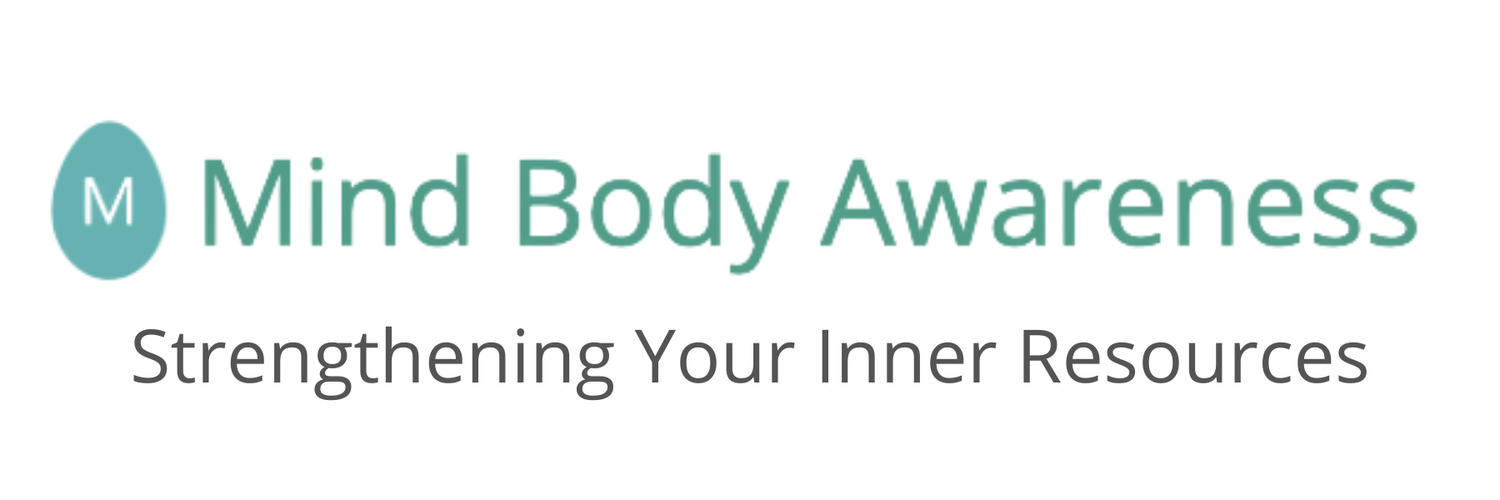How Does the Word Trauma Land With You?
It feels different for all of us
I remember being early in my career, working in a private mental health practice, when I first noticed a discomfort in my body every time the word trauma came up. Back then, I couldn’t name why—but something in my gut tensed, twisted. It was a quiet resistance I couldn’t fully explain.
Now, I understand what was happening.
That tension was denial. I hadn’t yet considered that the events of my own life could be traumatic. The word felt too bigfor me, too dramatic. I told myself I hadn’t been through “real trauma”—as if there’s a universal scale that determines what counts.
But the body knows what the mind resists.
That awareness unfolded when I was studying complex trauma at the Wellspring Institute. There, in the safety of an embodied, supportive environment—surrounded by others on the same path—I was finally able to ask the deeper questions. And for the first time, I had enough internal and external safety to listen for the answers.
Trauma Isn’t Just the Obvious Stuff
Culturally, we tend to associate trauma with overt, catastrophic events—war, abuse, accidents, loss. And yes, trauma can absolutely live there.
But trauma also lives in the subtle and persistent breaks in connection—moments where we weren't met, held, believed, or allowed to be ourselves. These can be developmental traumas, etched into the nervous system over time.
In the somatic approach, we see trauma as any event—acute or repeated—that overwhelms our capacity to cope while also disrupting our dignity and mutual connection. It’s not always about what happened to us—it’s about what didn’t happen to support our wholeness in those moments.
When we don’t feel safe to process what’s happened, our body adapts. Sometimes we lose sleep. We numb out. We stay in unhealthy relationships. We disconnect from ourselves, or rely on substances or work to avoid feeling. Over time, our foundational beliefs get shaken—and our sense of self can feel fragmented.
The Body Remembers—and the Body Can Also Heal
The good news? With the right support, we can repattern these disruptions. Healing becomes possible when we include the body—not just as a vessel, but as an active participant in the process.
For me, somatic, bottom-up strategies have been the most powerful tools for meaningful and lasting change. They allow us to slowly reconnect to our sensations, our limits, our longings—and to rebuild trust in the present moment.
This work has reshaped not only how I see trauma, but how I see healing—as a process of coming home to myself.
In My Next Blog…
I’ll share why including the body is the most essential—and often overlooked—resource we have when it comes to creating change. I’ll also offer an introductory somatic experience to help you reconnect with your body, especially if you're in a cycle of overwork, burnout, or bypassing your needs.
Until then, I leave you with a question:
How does your body respond when you hear the word trauma?
Is it tight, open, numb, curious? Your answer might be the beginning of something powerful.
If you're wondering how you're processing the events in your life, or want support navigating your own story, I invite you to reach out. You don’t have to explore this alone.
Reply here. Let's connect.
Jennifer Degen
September 20, 2022
Categories
Select Category...
- Alberto Villoldo
- Ancestral Superfoods
- Art
- Attunement
- Autumn wellness retreat
- Body
- Boundaries
- Breathwork
- Buddhist Tradition
- Chanting
- Community
- Contentment
- Costa Rica
- Costa Rica Retreat
- Creative Expression
- Creativity
- Crystal Healing
- Daily
- Deep Rest
- Diet
- Digestive Health
- Embodied Living
- Family & Wellness
- Financial security
- Food
- Gratitude
- Grief Transformation
- Grounding
- Guided Meditation
- Habit Patterns
- Hakomi therapy
- Hatha
- Healing
- Health
- Health Wellness
- Healthy Diet
- Holiday Event
- Hypnosis
- Hypnotherapy
- Intelligence
- Intention
- Intuition
- Judgement
- Kathleen Burns Kingsbury
- Kundalini
- Kundalini Yoga
- Leaning In Podcast
- Leslie Yerger
- Life Purpose
- Mandala
Featured Blogs








